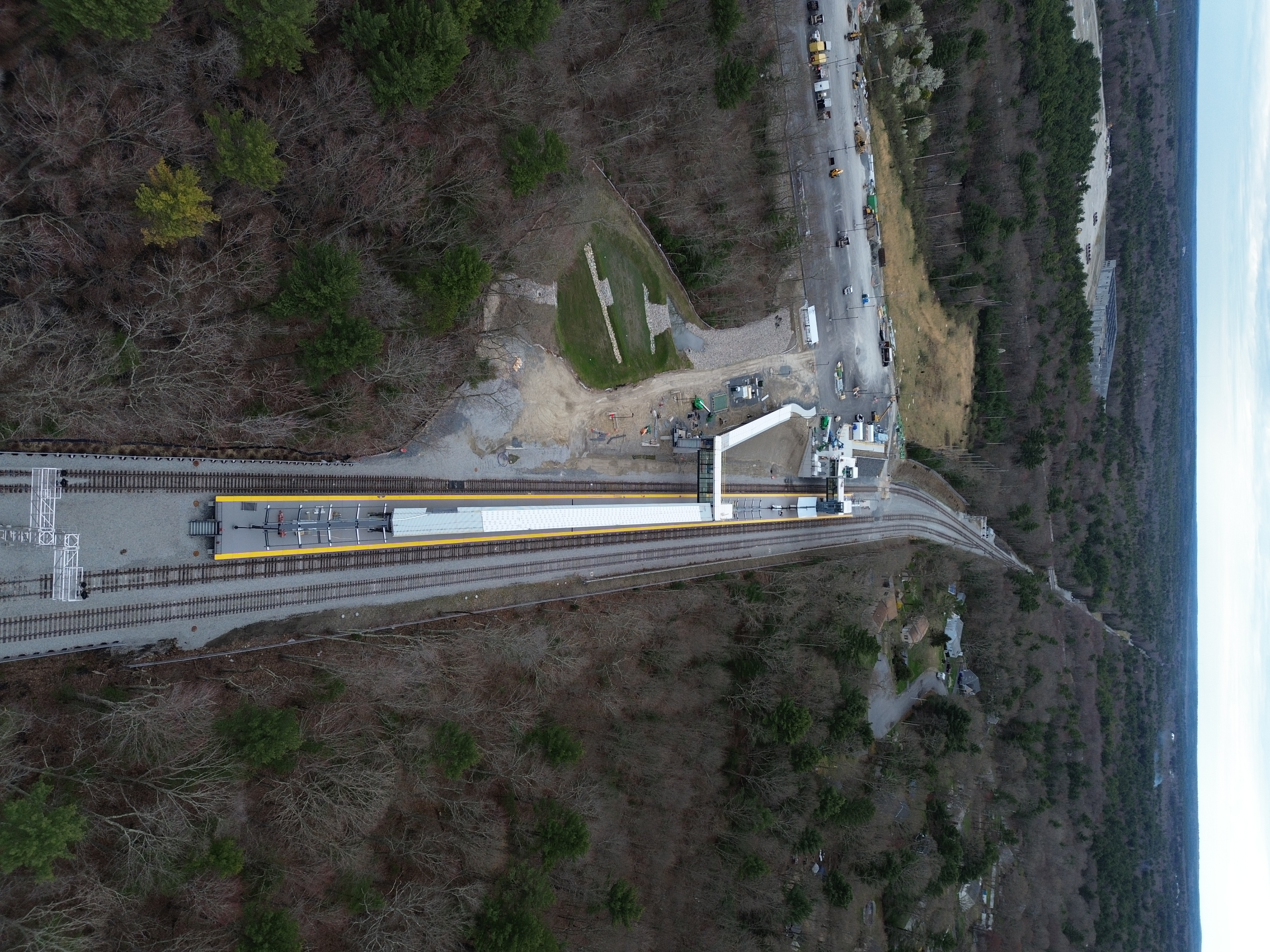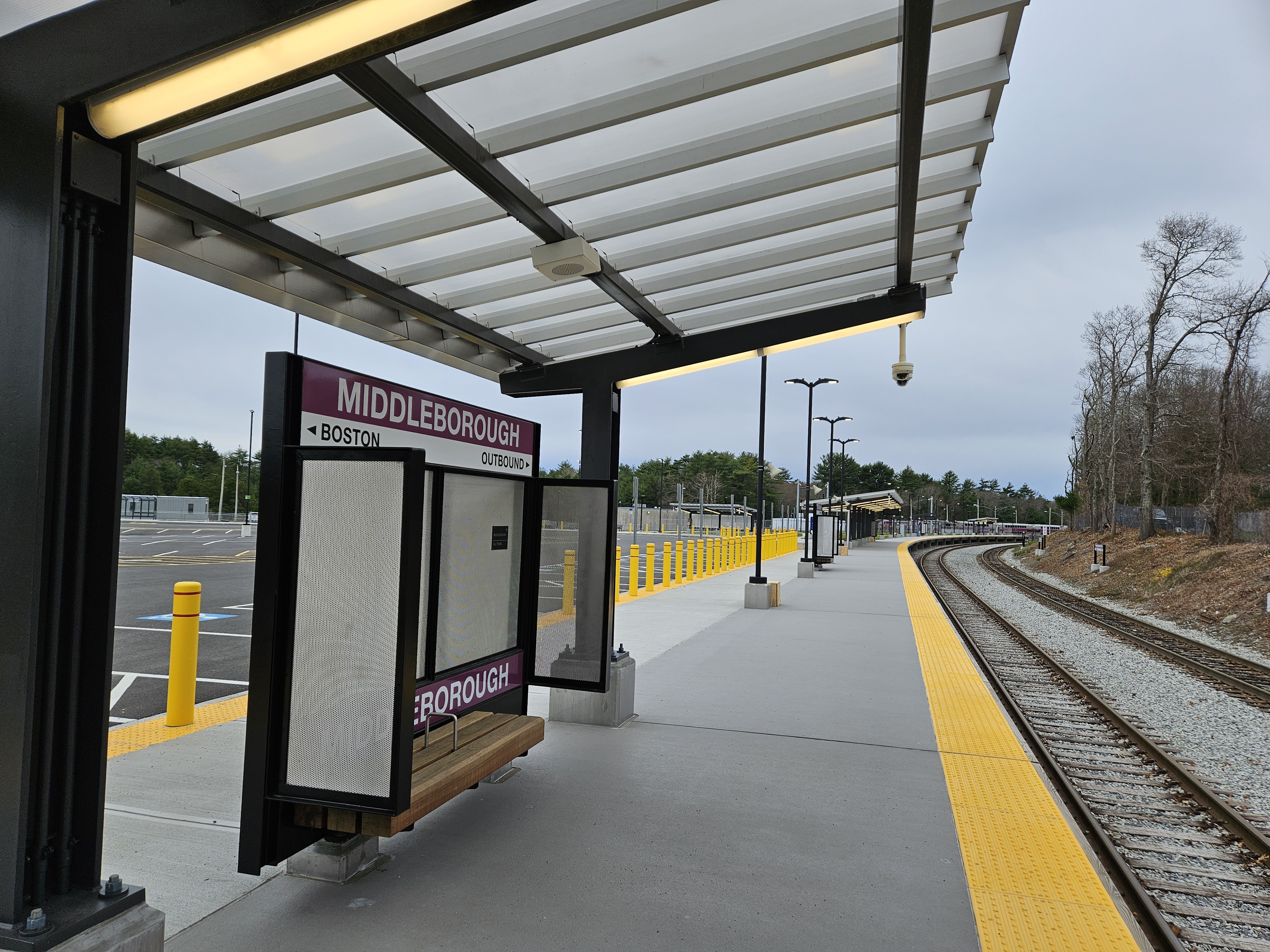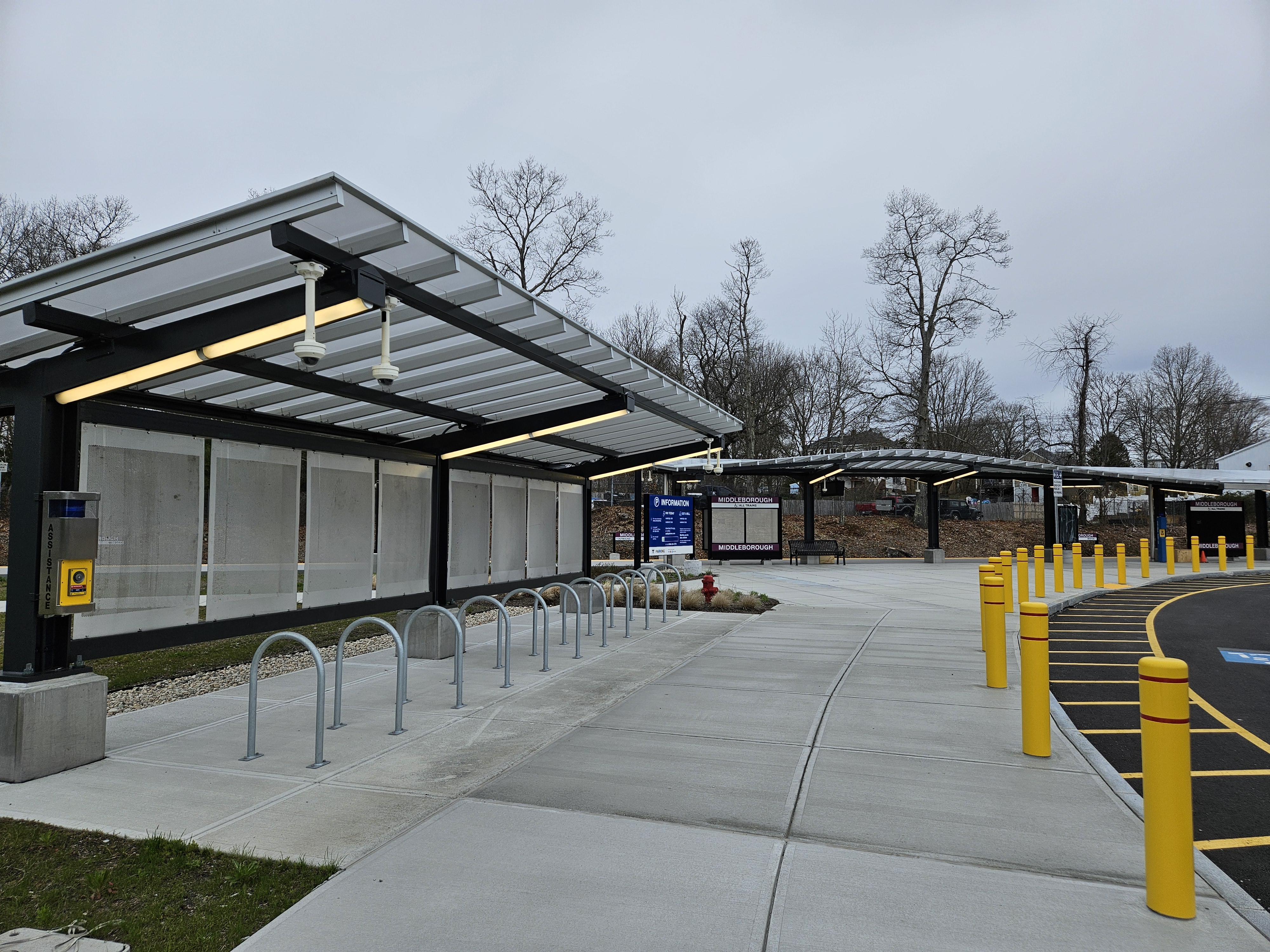TheRatmeister
Active Member
- Joined
- Sep 23, 2023
- Messages
- 922
- Reaction score
- 1,624
There are so many problems with the current fare zones:The Old Colony zones are ripe for a redrawing. Quincy should be in 1A, not 1. Braintree should be in 1, not 2. The outbound gradations should shrink accordingly. Campello should be in the same zone as Montello and Brockton given that it's in the same municipality. There shouldn't be a 2-zone jump between Bridgewater and Middleboro given the distance. And so on.
There are a lot of lines on the system with nonsensical zone assignments because "we've always done it that way" that should be redrawn for better equity, but they never propose doing so.
- CR Paralleling subway service has different fares
- Stations in Boston aren't in Zone 1A
- There are just too many zones, making the system more complicated than it needs to be
- Sometimes a zone is just... skipped? Sometimes it makes sense based on the distance, but sometimes it doesn't.
- And by far the worst, traveling from Oak Grove to North Station costs $2.40, but go 1 mile further to Wyoming Hill and now the fare is $6.50. How does that make any sense?







